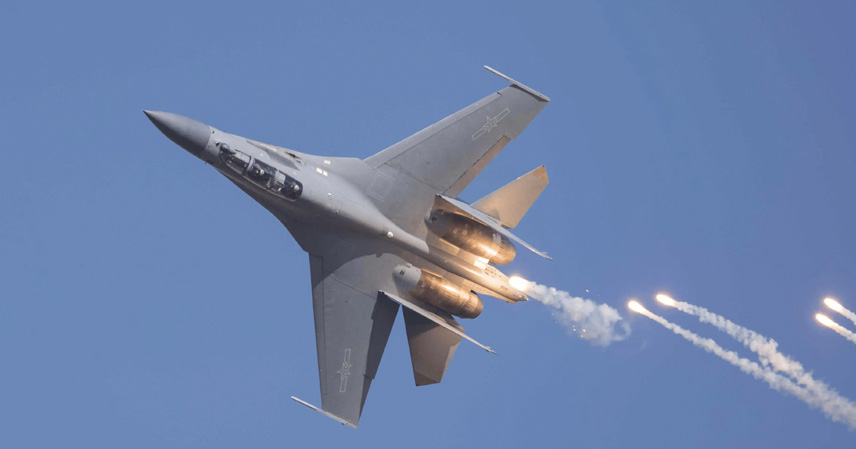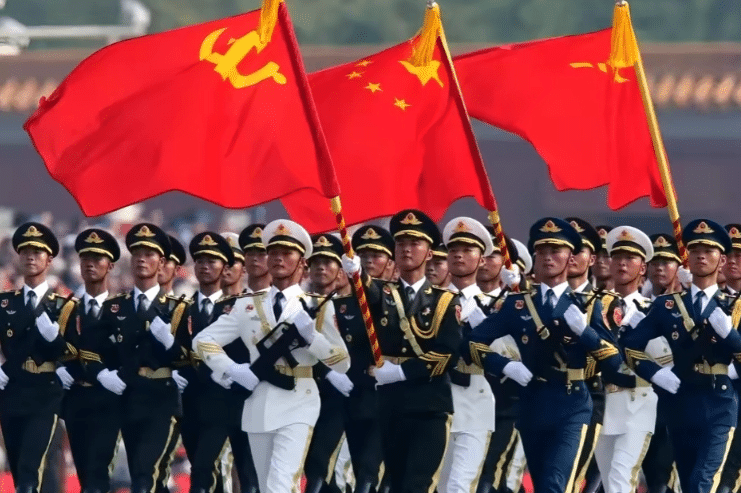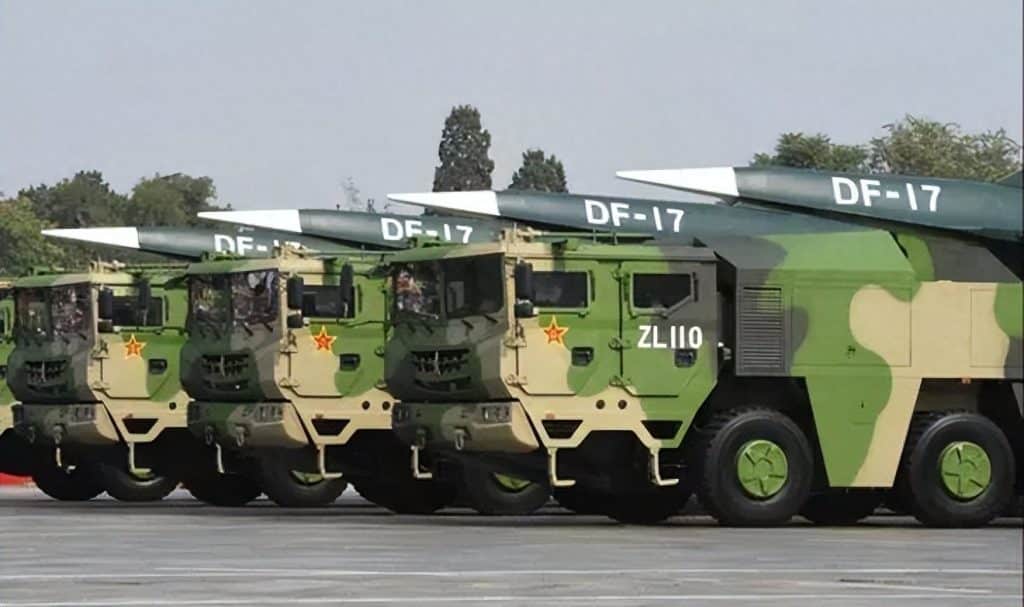Despite the advent of fifth-generation fighters and the early testing of sixth-generation aircraft, China’s J-16—a fourth-generation-based multi-role fighter—remains a cornerstone of the People’s Liberation Army Air Force (PLAAF). Its continued frontline deployment highlights the aircraft’s exceptional capabilities.
A Close Encounter with Stealth Fighters
Recently, CCTV reported on a mission in the Western Theater Command where pilot Li Chao flew a J-16 to intercept and deter two foreign stealth fighters. This is not Li’s first high-profile appearance; previously, CCTV covered his unit using J-16s to defeat J-20s in simulated exercises.
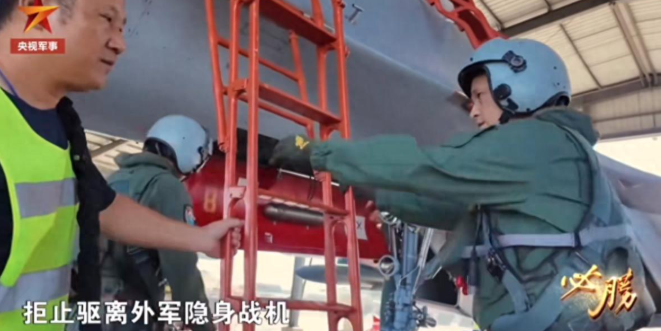
During the 2024 coastal training period, Li Chao successfully maneuvered to gain positional advantage, locking onto the primary enemy aircraft. When the enemy’s wingman provided backup, Li executed a rapid large-maneuver turn to engage both targets simultaneously.
While CCTV did not specify the foreign aircraft model, global stealth fighter deployment suggests three possibilities: the U.S. F-22 and F-35, and Russia’s Su-57. Considering operational range and deployment patterns, the most probable adversaries were F-35Cs, U.S. carrier-based fighters that frequently patrol near China’s coastline.
How the J-16 Counters Fifth-Generation Advantages
Although the F-35 is a fifth-generation fighter, its design prioritizes versatility over air-to-air combat:
- The F-35’s fuselage is short and bulky to accommodate avionics, fuel, and weapons, resulting in significant weight and thrust limitations.
- The single-engine F-35C has a maximum afterburner thrust of 19 tons, with a weight of 15.7 tons, giving it a lower thrust-to-weight ratio than legacy fighters like the Su-27.
- While the F-35 excels in low-speed handling and large-angle-of-attack performance, it lacks endurance and sustained maneuverability, which are critical in close-range dogfights.

In contrast, the J-16, though based on a fourth-generation airframe, has extensive internal upgrades:
- Reinforced airframe for higher payload and fuel capacity.
- Advanced avionics and electronic warfare systems derived from fifth-generation technology.
- Multi-role design allows for air superiority, electronic countermeasures, ground attack, and UAV control.
This makes the J-16 not merely a Su-27 copy but a “final form” Su-27, optimized for modern multi-domain combat.
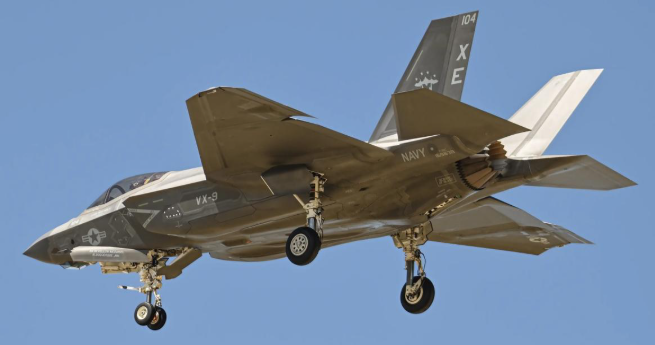
Historical Context: From Su-27 to J-16
China originally purchased Su-27S and Su-27UB (export versions) from the Soviet Union before its collapse. These were baseline models, while the Soviets were developing the Su-27M (“true full-scale” version) with improved radar, engines, and R-77 active radar-guided missiles.
Due to the Soviet Union’s collapse and Russia’s budget constraints, the Su-27M program stalled, leaving China to innovate. By integrating operational lessons and domestic research, China created the J-16:
- Maintains the Su-27 airframe for proven aerodynamics.
- Incorporates fifth-generation avionics and digital flight control systems.
- Supports dual-seat operations for enhanced mission flexibility.
As a result, the J-16 matches or exceeds older Su-35 performance in comprehensive combat capability, though it may be slightly less agile in pure dogfighting.
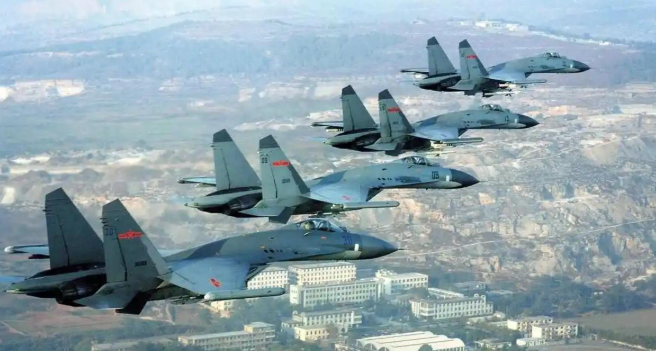
J-16 vs F-35: Systemic Advantage
What sets the J-16 apart is not just maneuverability but integration with China’s broader air defense network:
- Pilots like Li Chao know the location of stealth aircraft before takeoff, thanks to long-range detection systems capable of tracking low-observable aircraft.
- This allows beyond-visual-range (BVR) engagement, including the potential to use PL-17 missiles to neutralize F-35s from a distance.
- In a near-range engagement, the J-16 can still exploit its kinetic and electronic advantages, creating a pincer effect on stealth fighters.
Even the U.S. recognizes the J-16’s threat. In 2023, War Zone noted that J-16s equipped with PL-17 missiles could potentially overmatch F-35s, highlighting the fighter’s lethality despite being a “fourth-generation” platform.

Conclusion
The J-16 demonstrates that generation classification does not solely define combat effectiveness. Through careful integration of advanced avionics, missile systems, and networked situational awareness, the J-16 has proven capable of challenging fifth-generation fighters in modern air combat scenarios.
While the F-35 retains its advantages in stealth and overall versatility, the J-16 leverages China’s systemic strengths, pilot skill, and multi-role adaptability to turn potential disadvantages into operational dominance.

